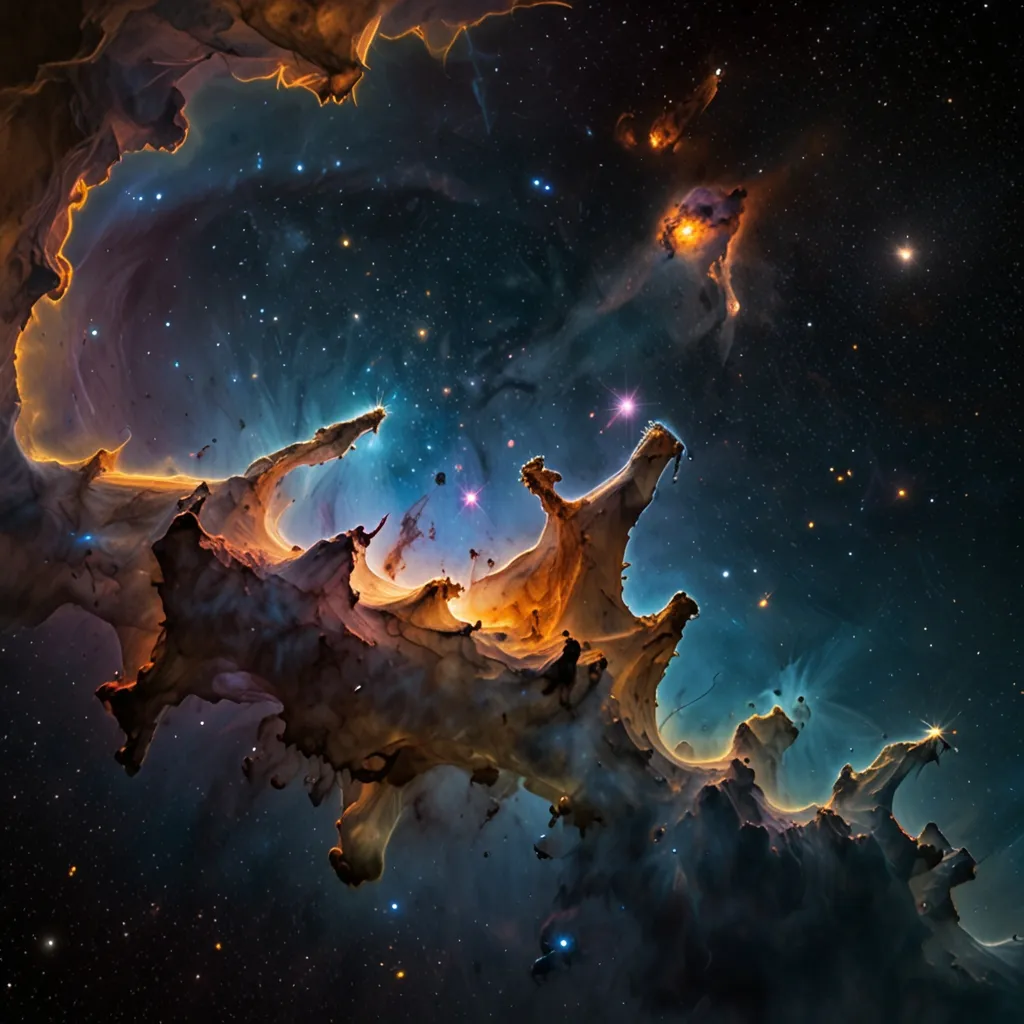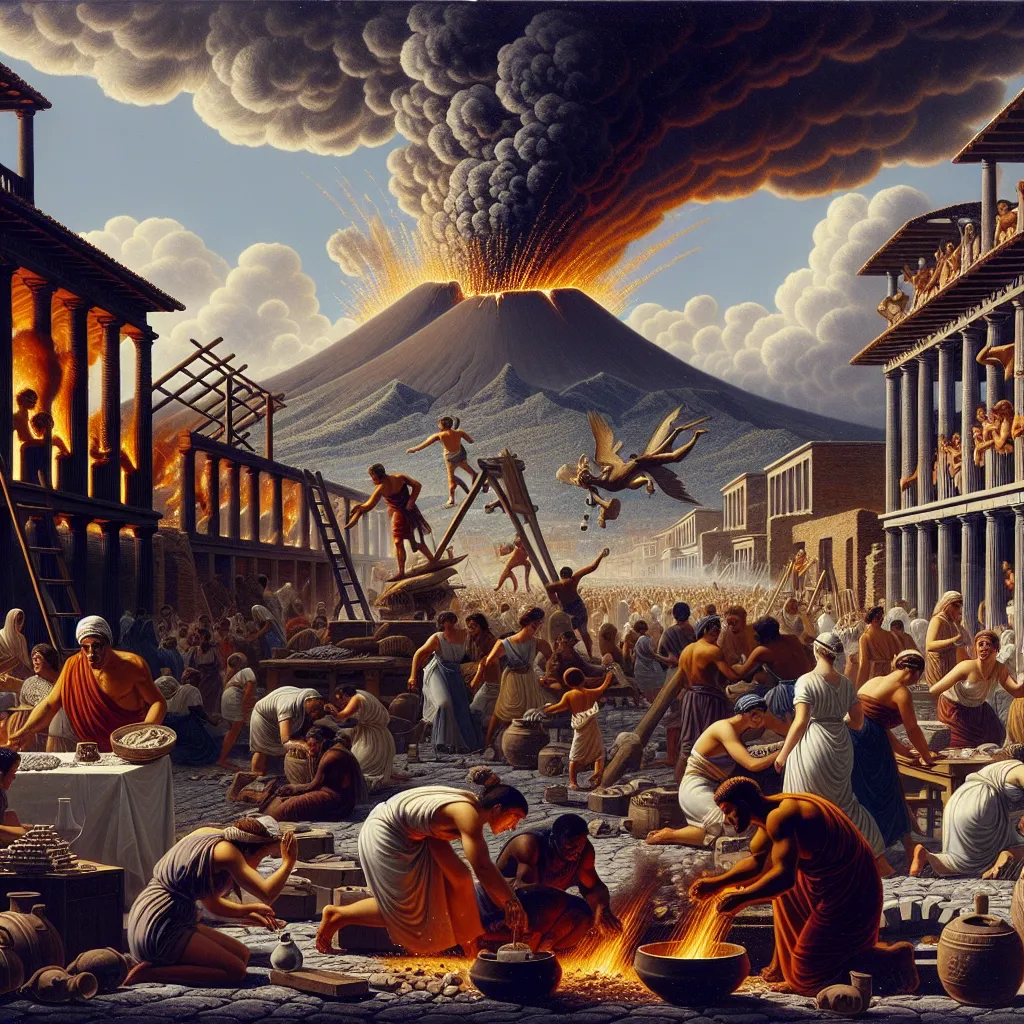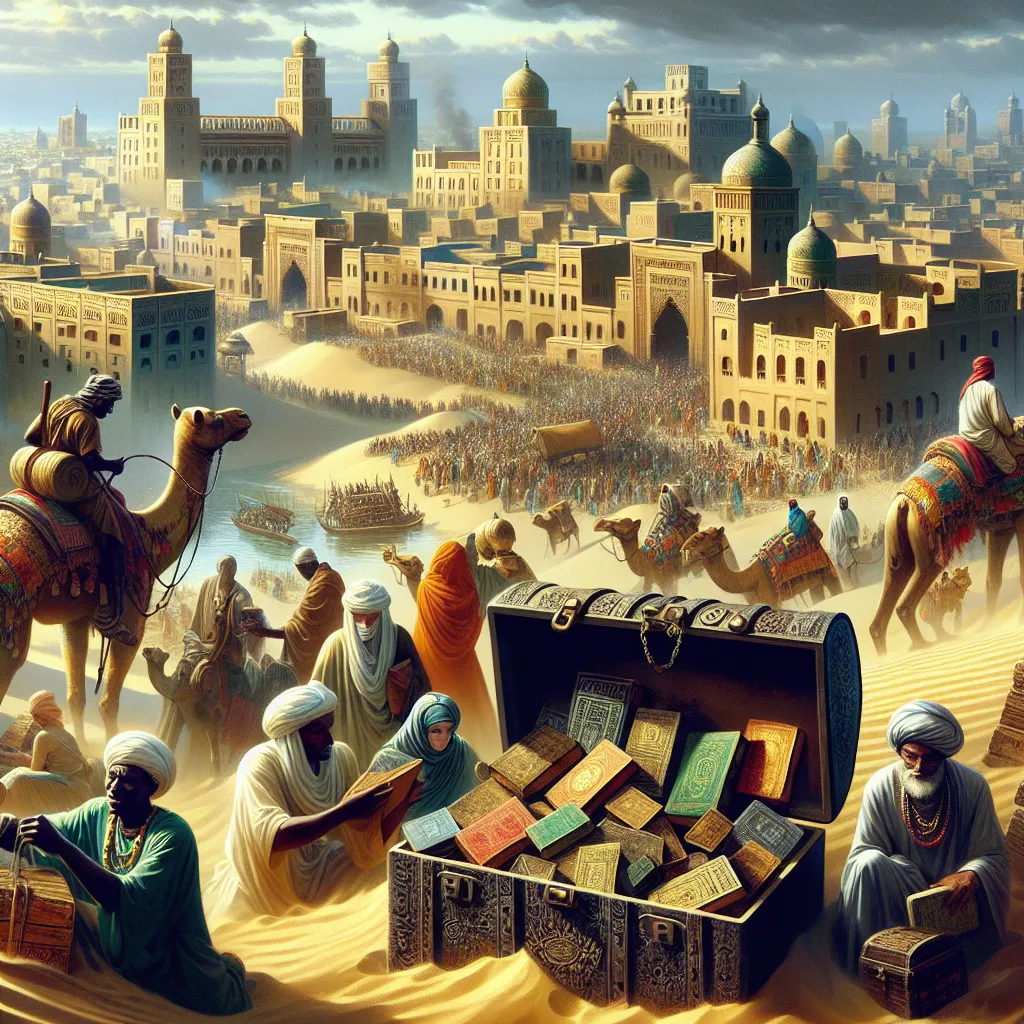If you’ve ever found yourself awestruck by the stunning images of galaxies and nebulae in astronomy books, chances are those photos were captured by the Hubble Space Telescope. Hubble has given us incredible insights into the cosmos, but in 2022, its successor, the James Webb Space Telescope (JWST), took center stage. JWST isn’t just a bigger and better version of Hubble; it’s a completely different kind of telescope.
The JWST is designed to capture infrared light, allowing us to see galaxies billions of light years away. Some of these distant galaxies wouldn’t be visible with Hubble because their light has redshifted beyond the visible spectrum due to the universe’s expansion. The JWST’s capabilities have already begun to reshape our understanding of the universe, from discovering the oldest galaxies to analyzing the atmospheres of exoplanets. It’s pushing the boundaries of our knowledge in ways we never imagined.
Hubble has taken many beautiful pictures within the near-infrared and ultraviolet range, much of which is in the visible spectrum. This is useful for capturing images in the colors we’re accustomed to. However, distant galaxies, billions of light years away, send light that has stretched below the visible range, known as redshifting. This is where the JWST truly shines. Its optics are specifically designed to capture infrared images, revealing galaxies otherwise invisible to us.
Interestingly, the JWST may have done its job too well. After its launch, scientists raced to claim discoveries of the oldest galaxies. One case is the galaxy JIS GS z140, discovered to exist less than 300 million years after the Big Bang and appearing remarkably bright. This discovery challenges our current understanding of how quickly galaxies can evolve, sparking a renewed interest in refining our cosmological models.
Our current model, the Lambda Cold Dark Matter (Lambda CDM) model, predicts certain stages in the universe’s evolution. About 300,000 years after the Big Bang, the universe was mostly hydrogen gas. Over time, small quantum fluctuations led to over-densities where gravity pulled gas together, forming the first stars and subsequently galaxies. The appearance of large, bright galaxies so early in the universe’s history is puzzling and suggests that there may be gaps in our understanding.
Some scientists propose that our understanding of dark matter or dark energy might need tweaking. For example, traits we don’t yet know about dark matter could explain these early galaxy formations. Alternatively, an early dark energy field might have altered the early universe’s mechanics. There’s also the theory involving the first generation of stars, known as Population III stars, which were supermassive and could have expedited galaxy formation.
Aside from these groundbreaking discoveries, JWST has also showcased its ability in unique ways, like observing a supernova at three different points in time. This was achieved through gravitational lensing, where a massive object bends light, acting like a lens. Such feats demonstrate not only JWST’s power but its potential to transform our understanding of space phenomena.
The JWST has also proven to be a game-changer in exoplanet studies. By analyzing the light that passes through an exoplanet’s atmosphere, scientists can determine its chemical composition. For instance, the JWST has identified methane and carbon dioxide on exoplanet K218b, located in the habitable zone of its star. It even detected a molecule, dimethyl sulfide (DMS), which on Earth is associated with life.
Although it’s too soon to claim definitive proof of extraterrestrial life, these findings are promising. With continued observations and discoveries, the JWST will undoubtedly provide us with more profound insights into the universe.
The discoveries made by the JWST so far have been nothing short of extraordinary, unveiling mysteries we never imagined. As we continue to explore and understand the cosmos, there’s no doubt the JWST will lead the way to many more remarkable revelations.






